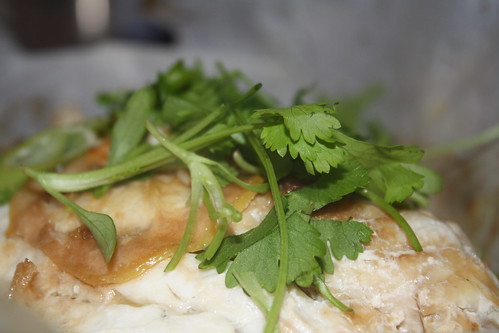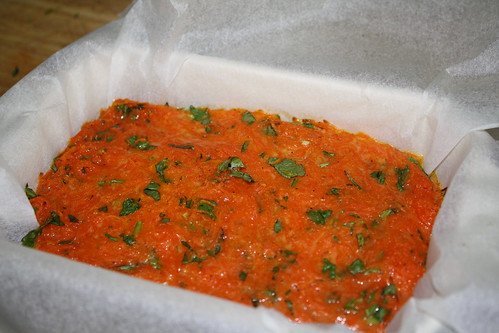I’m a keen user of delicious, which is a fantastic electronic way of keeping together all those things that in real life I’d have on bits of paper floating around the house (and driving Andy up the wall).
It turns out I have 27 brownie recipes tagged (let’s not even talk about the 100+ chocolate cake recipes) and I thought that there’s no point in having these recipes tagged and never looking at them, let alone cooking them. Normally I’m the type of cook who likes to try something out at home first before inflicting it on others, but with this ridiculous number of recipes I decided I needed to bit the bullet and start cooking. If other people don’t like it, then tough luck.
Being me, I am going to work backwards through the recipes (chronological order) so this is one I tagged on 7 April 2009. I still lived in England then! This is from the mealsavers website, about which I know nothing.
I was horrified by the idea of using ½ kilo of sugar in a recipe so I decided half measures were in order (yes, I know that doesn’t change the proportions). This recipe has the bonus that you don’t need to melt chocolate and butter together. If you use the microwave it’s not such a pain to do that but it does slow things down a bit so if you are after a super quick brownie recipe this may be for you!
Begin by creaming 175g of unsalted butter with 250g of caster sugar. When the mixture is light and fluffy add 2 eggs and 1 egg yolk. Add 65g of self raising flour and 65 g of cocoa powder (both sifted) and beat well. I also added 1 tsp of baking powder at this point. Finish by adding 50g of pecan nuts and 75g of chocolate drops. For this I used the flat beater and my KitchenAid – you don’t really want to use a food processor for this recipe as it will decimate your nuts and chocolate drops.
Pour into a baking paper lined dish and bake at 160°C fan for about 40 minutes (or until done). The original recipe says 20-25 minutes and I found this woefully inadequate. Perhaps my brownies were a lot thicker.
The finished product was well received (after the wails of “oh no, don’t change recipes, we like your OTHER brownies“). People who like nuts in their brownies will, obviously, like them. The brownies themselves are very rich and chewy – not only do they taste like they have a LOT of sugar in them, but the butter is very evident too. In fact, if I were to make these again (after I’ve made the other 20 odd brownies) I’d try cutting back on the butter a tad.
Aside from the really scary amount of sugar in these, I’ll definitely keep them in mind when I need to make brownies in a hurry.



